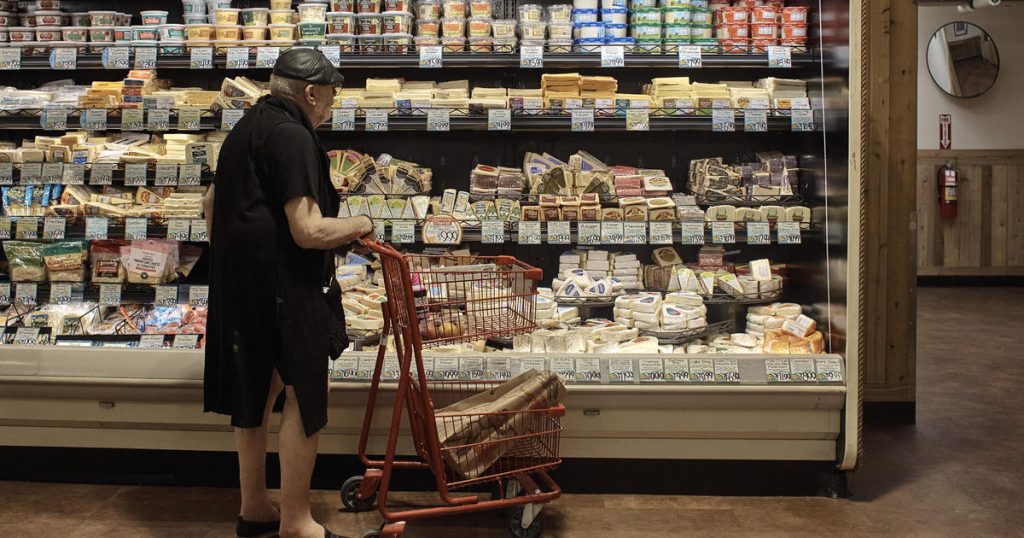The Federal Reserve’s preferred inflation measure showed signs of easing price pressures, leading to expectations of further interest rate cuts this year and next. Inflation rose just 0.1% from July to August, down from the previous month’s increase of 0.2%. Compared to a year earlier, inflation fell to 2.2%, barely above the Fed’s 2% target. The shift in inflation trends might be affecting President Donald Trump’s polling advantage on the economy. A survey showed that respondents were split between Trump and Vice President Kamala Harris on who would do a better job with the economy. This shift suggests that sentiment among consumers is brightening, possibly shedding some of President Joe Biden’s baggage on the economy.
The report also indicated that grocery costs barely rose last month, with energy costs dropping 0.8%, driven by cheaper gasoline prices. Core prices, excluding food and energy costs, also rose by just 0.1% from July to August, marking the fourth straight month that price increases remained below an annual rate of 2%. Despite this, core prices rose by 2.7% in August compared to 12 months earlier. The Federal Reserve cut its benchmark interest rate, signaling further cuts in the coming months. Policymakers expect additional rate cuts in November and December, with more cuts forecasted in 2025 and 2026. The ongoing decline in inflation makes it likely that the Fed will continue cutting its key rate.
Americans’ incomes and spending increased only slightly last month, with both rising by 0.2%. Tepid increases in consumer spending were attributed to relatively weak goods spending. Consumer spending in recent months has been softer than expected, which may not push the Fed towards another forceful rate cut. However, Americans have been saving more of their incomes in recent months, with the savings rate at 4.8% in September. Recent reports have suggested that the economy is still growing at a healthy pace, with the government confirming in its previous estimate that the U.S. economy grew at a 3% annual pace from April to June. The government also revised economic growth figures for most of the 2018-2023 period, showing higher growth than previously estimated.
Several individual measures of the economy have also shown positive signs. The number of Americans applying for unemployment benefits fell to its lowest level in four months, indicating a strengthening job market. Consumer spending at retailers increased last month, suggesting that consumers are still willing to spend despite inflation and borrowing rates. Industrial production has rebounded, single-family home construction is increasing, and consumer sentiment has risen for a third straight month. The increase in consumer sentiment was driven by more favorable prices for cars, appliances, furniture, and other durable goods. Overall, the economy is still expanding at a healthy pace, with various indicators pointing towards continued growth.


